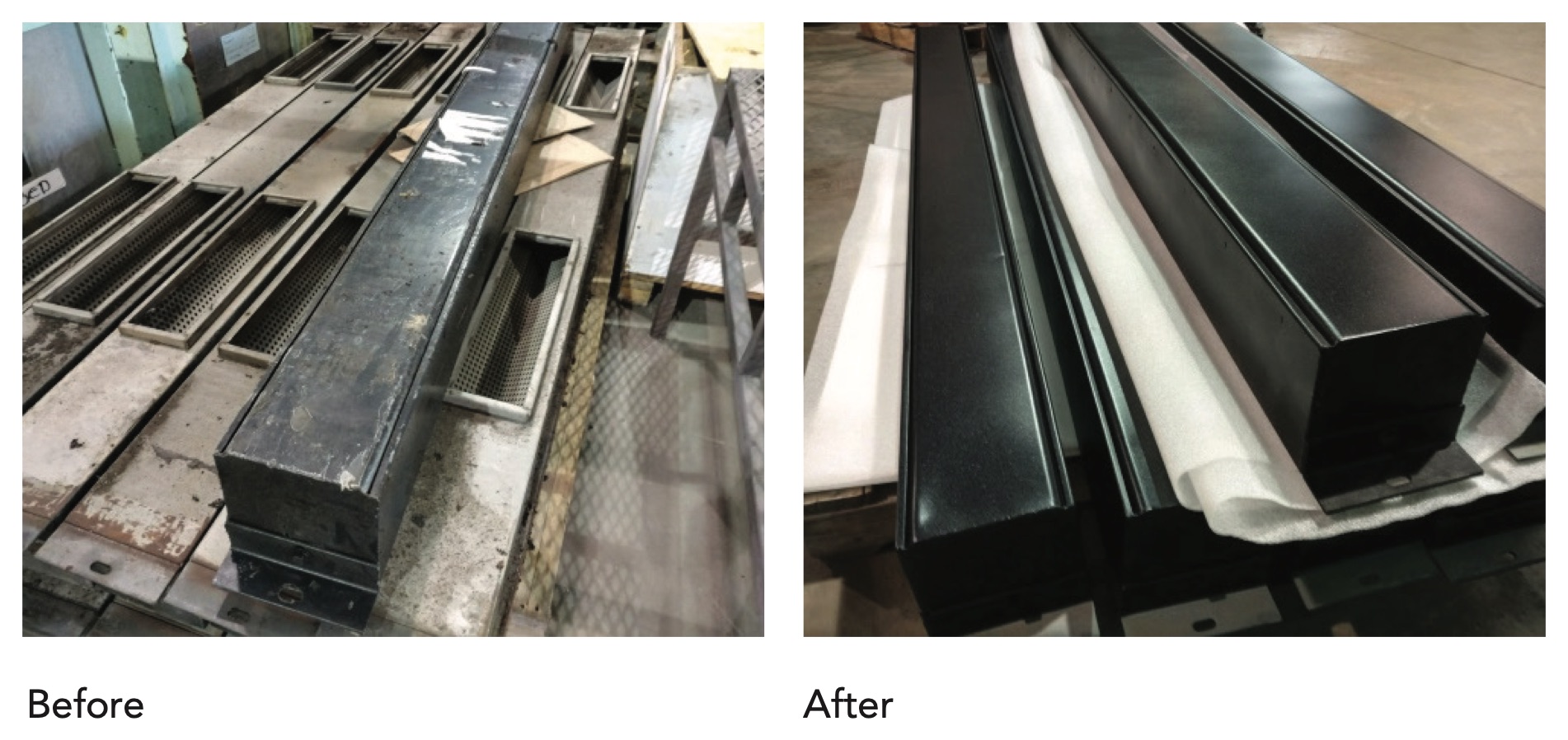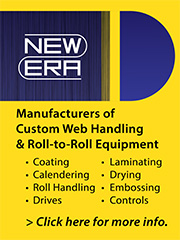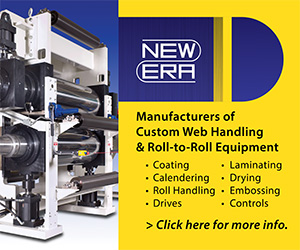Release Coatings for Curing Oven Components
- Published: April 25, 2023
By William R. Bradley Jr., Vice President, Business Development, American Roller Company
With the demand of speed and efficiency in manufacturing, any interruption creates major frustration. Web defects, inconsistent tensions, and sheet breaks are often at the top of the list. Most web substrates today are treated or cured in some way to have a unique performance factor for the end user. Curing or prepping the substrate can be achieved in a variety ways.
As an example, during adhesive coating/curing in ovens, air bars and air turns are commonly used to transport the web without contacting machine components while the adhesive is still wet/tacky. However, any interruption in compressed air can cause incidental contact of the adhesive, rapidly leading to buildup on large surfaces. If the buildup is too great the web can become riddled with defects, or even break. The loss in product and production downtime can be extremely costly.

Operators address buildup issues on bare components by cleaning routinely, usually with strong solvents. This can be dangerous and environmentally hazardous. Teflon coatings can be applied and are often used to speed up the cleaning process. However, Teflon systems are not “non-stick” meaning tear outs and web breaks can still occur.
New Dual Layer Plasma Coating systems offer a truly non-stick surface providing release for incidental or direct contact conditions. When there is an interruption in air, the adhesive releases from the air bar, or turn vs. building up. In the most severe situations, the parts can be cleaned without the use of solvents, speeding up the process. These coatings can be applied on-site, at your facility, in most oven configurations during a scheduled shutdown.
The science of release, increased durability, and corrosion resistance with Plasma Coating systems continues to advance. Consult with your American Roller Plasma Coating representative and ask, what is new today?







